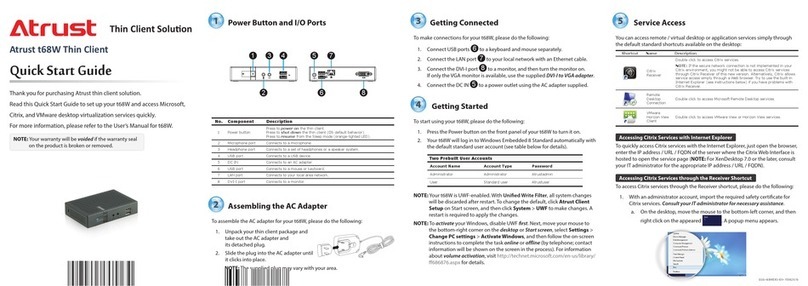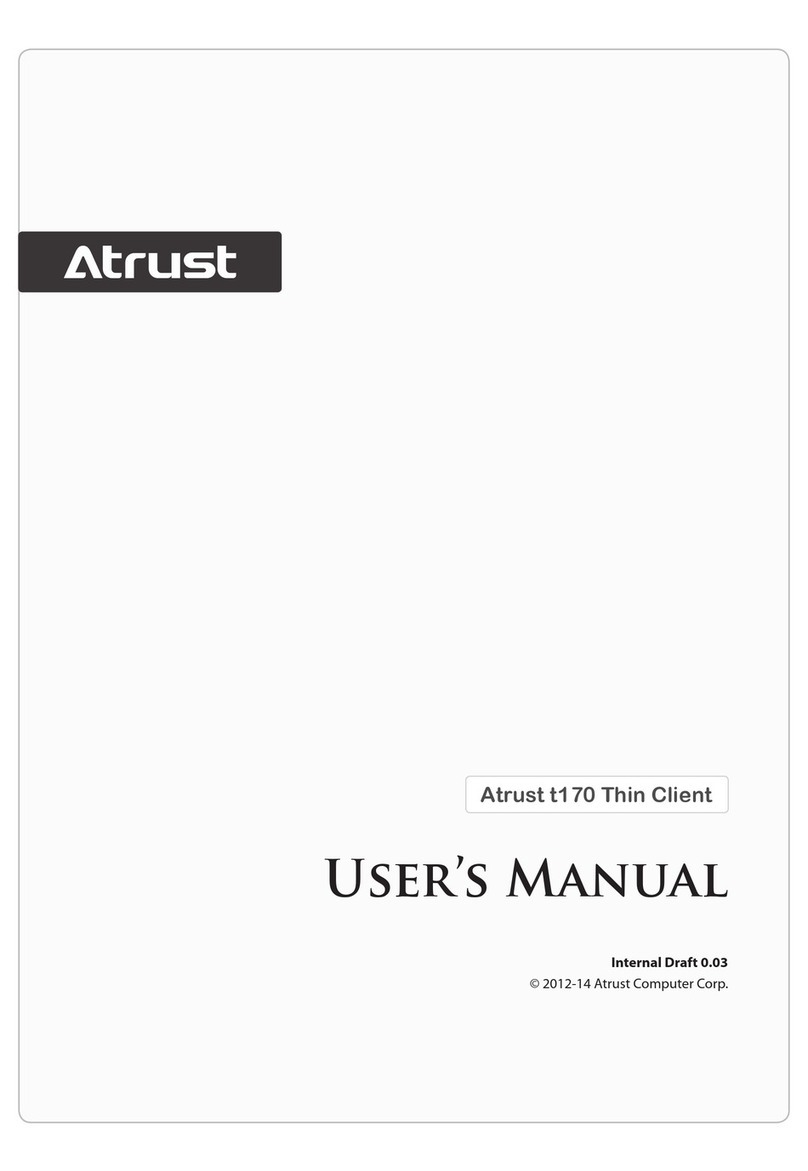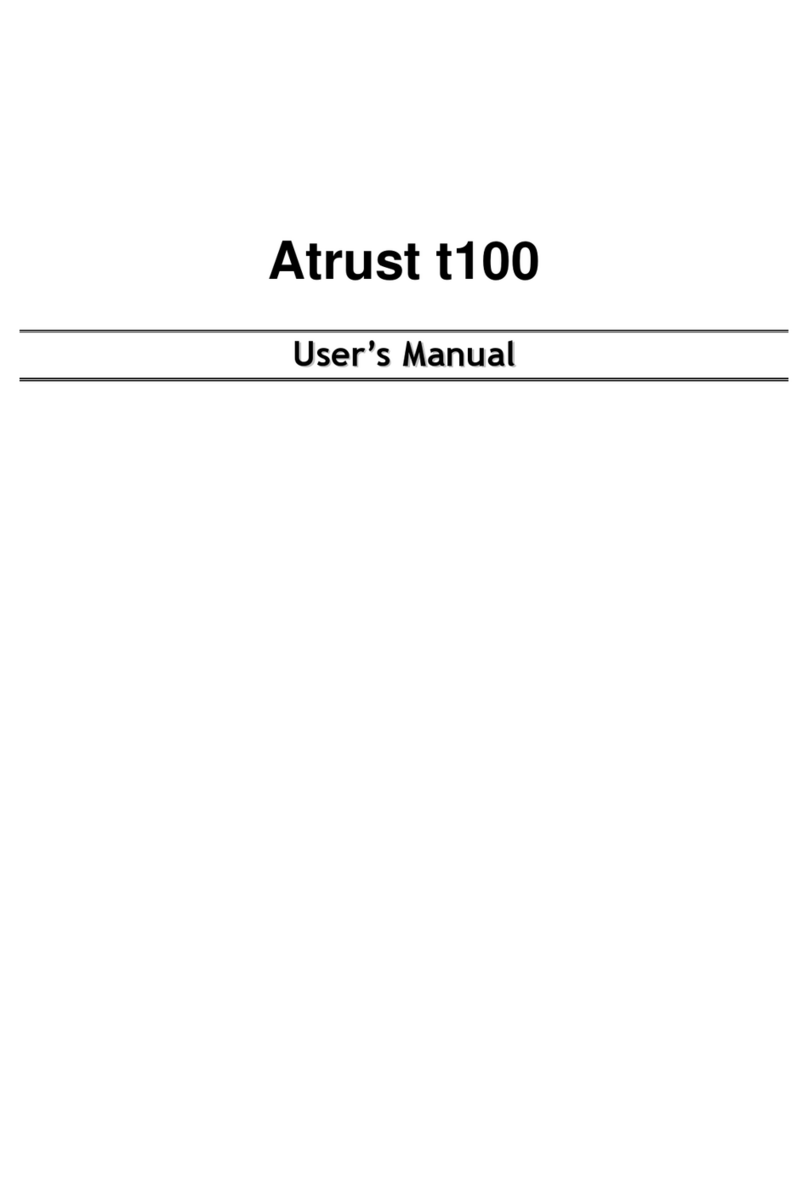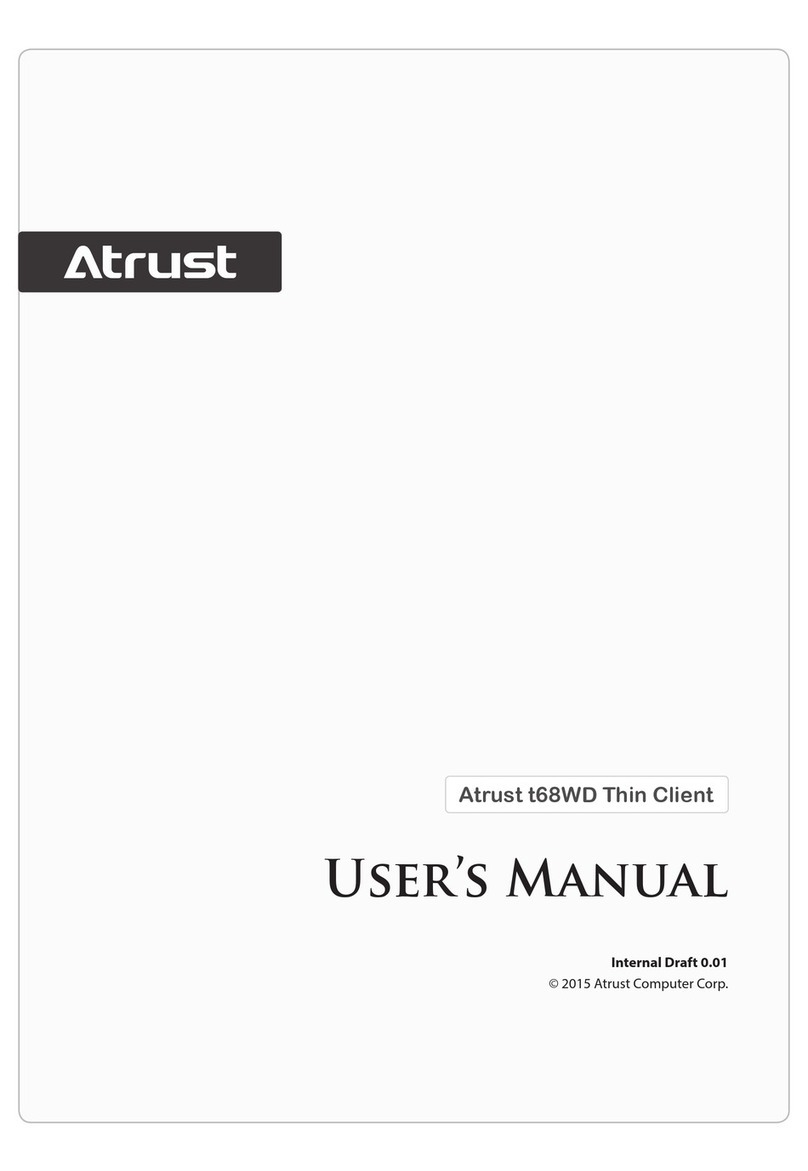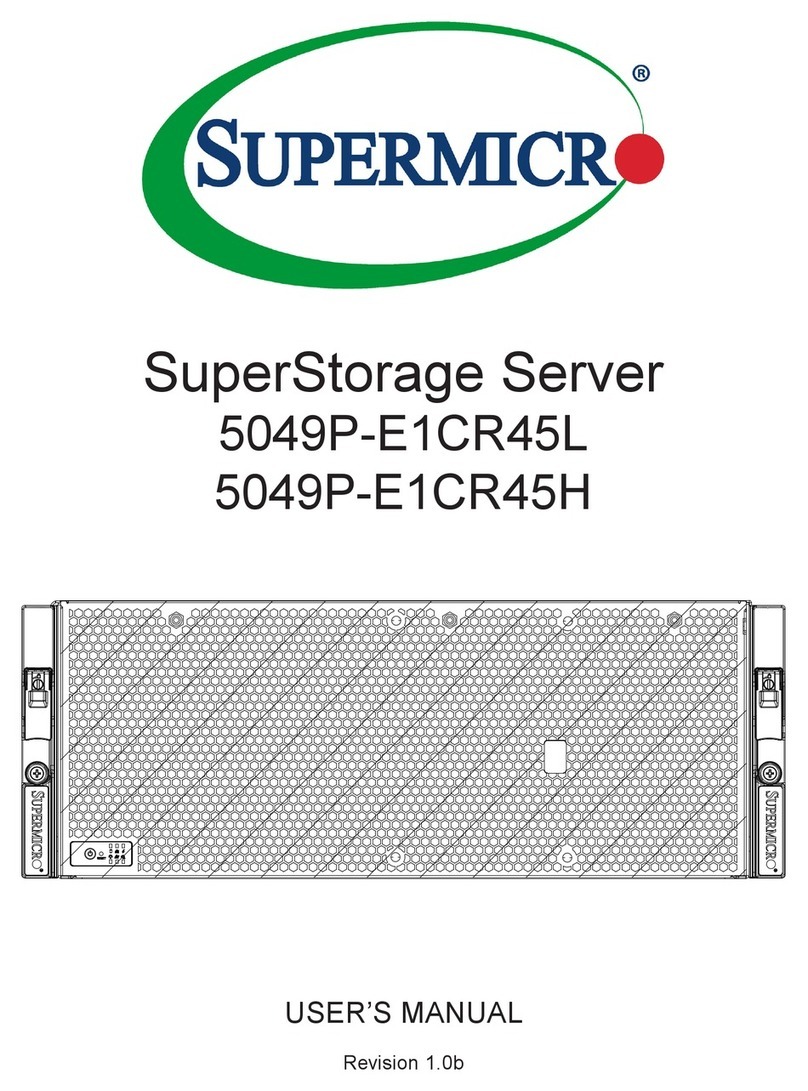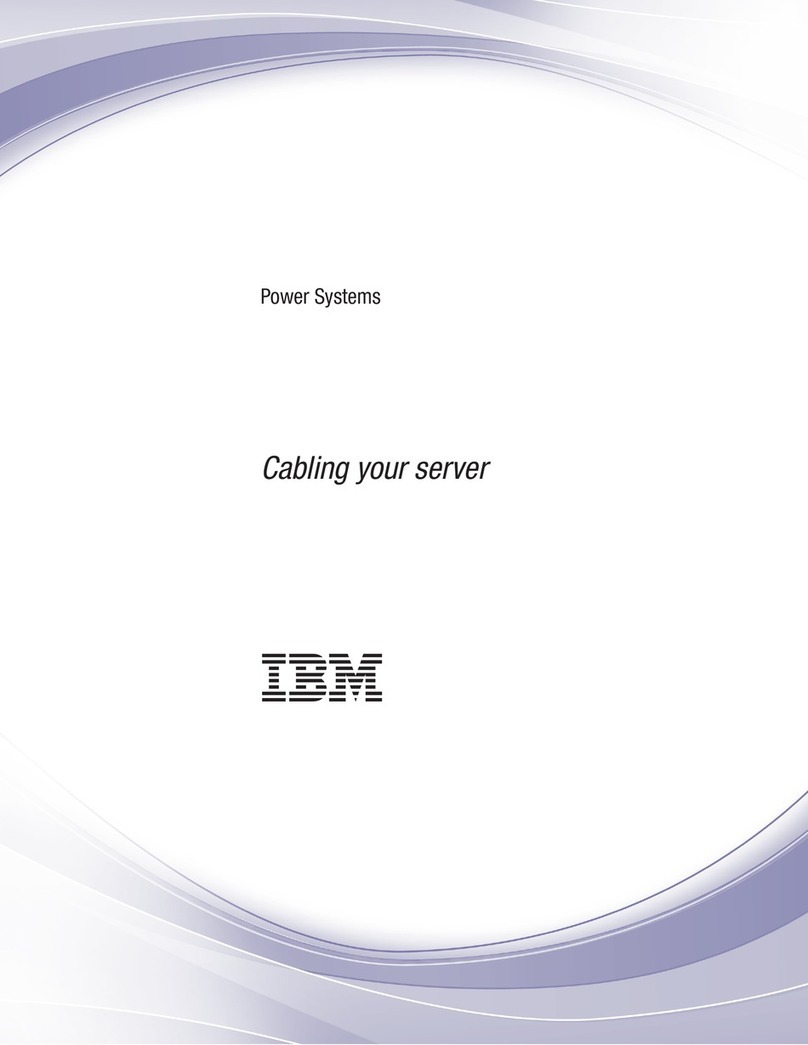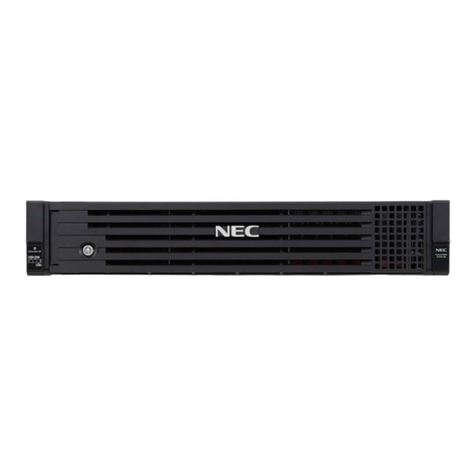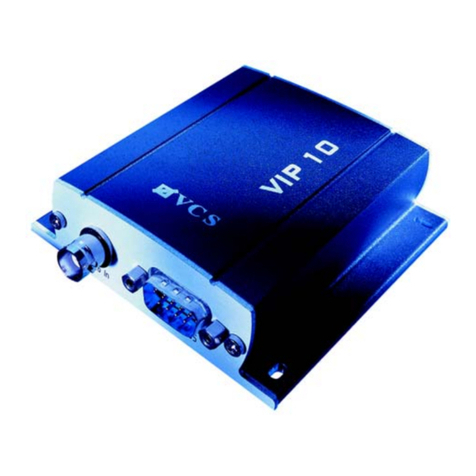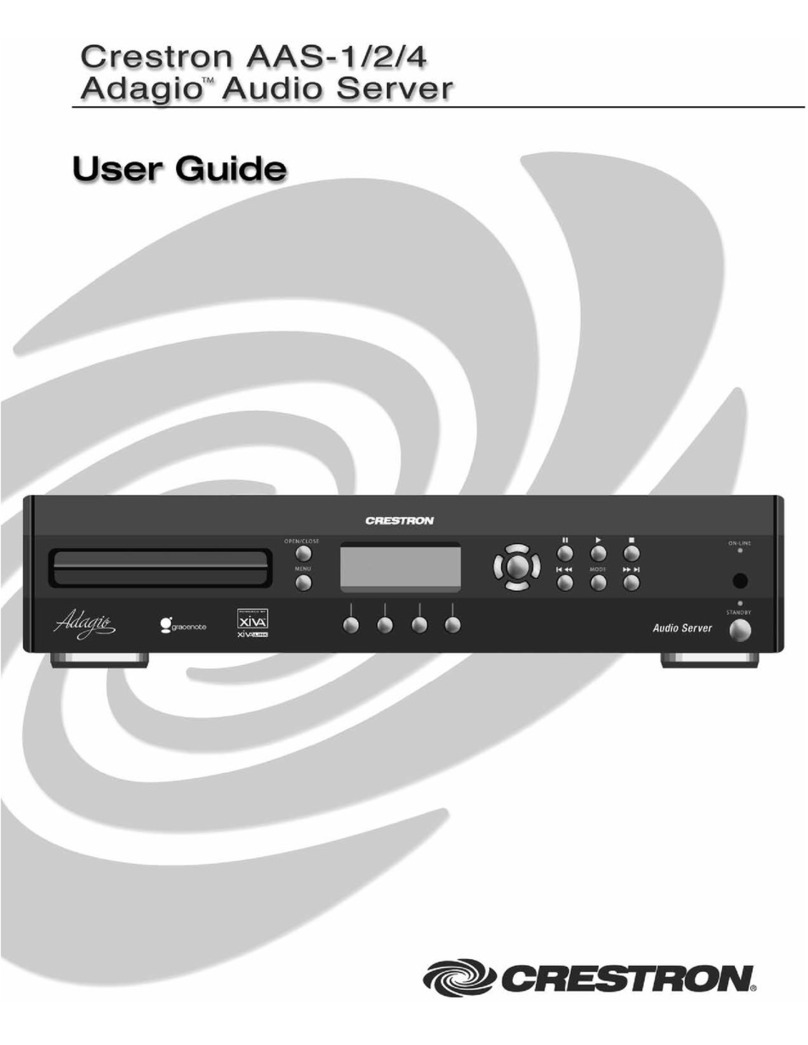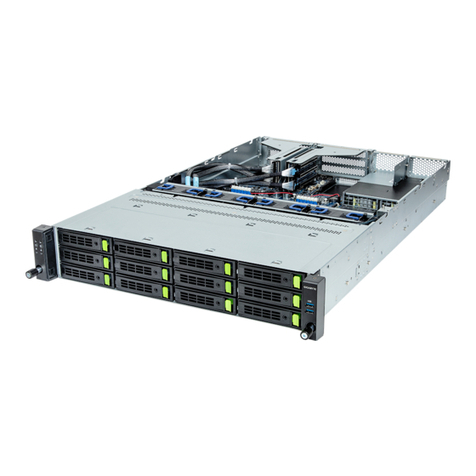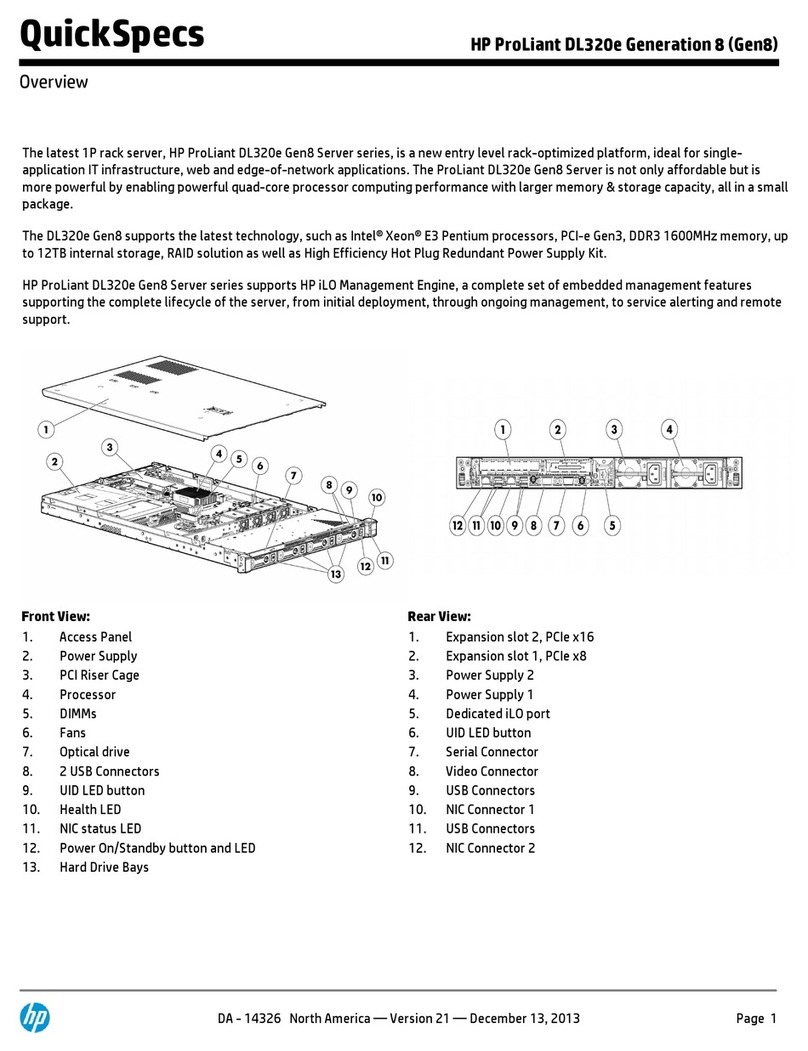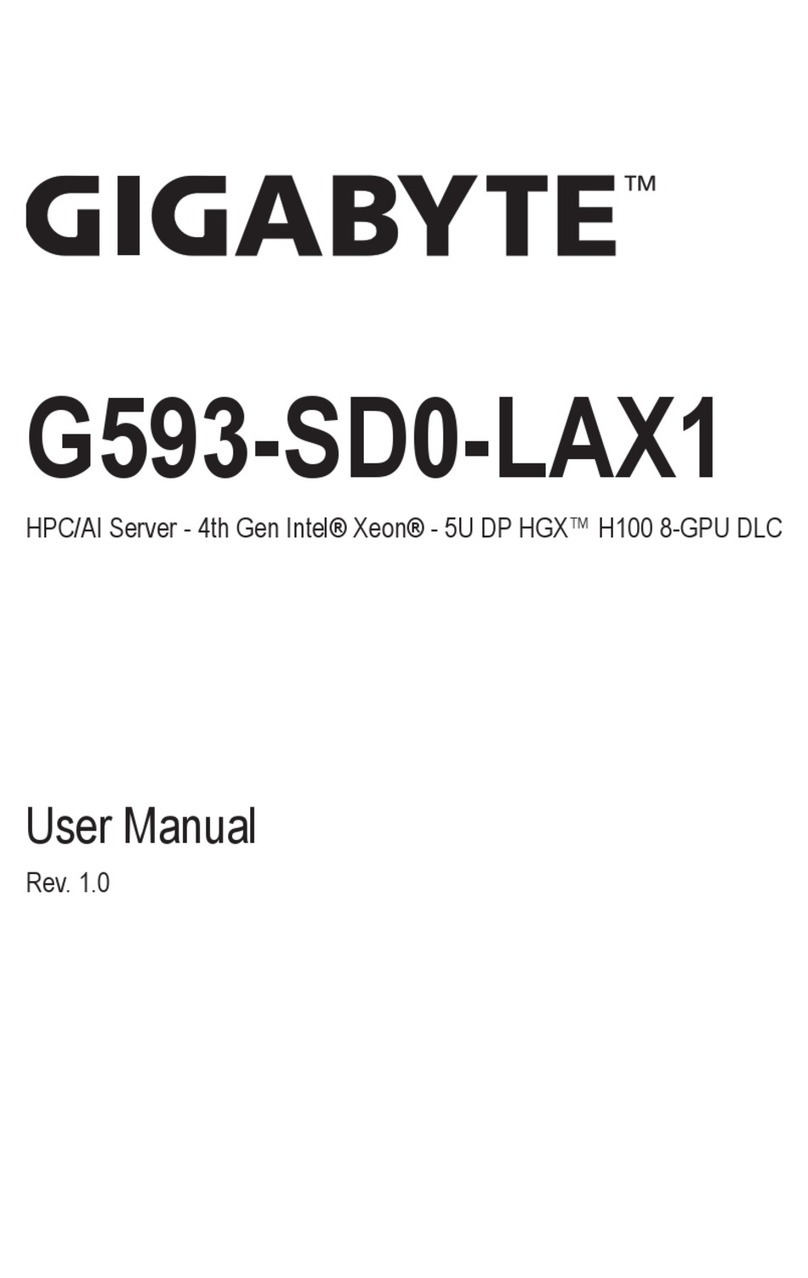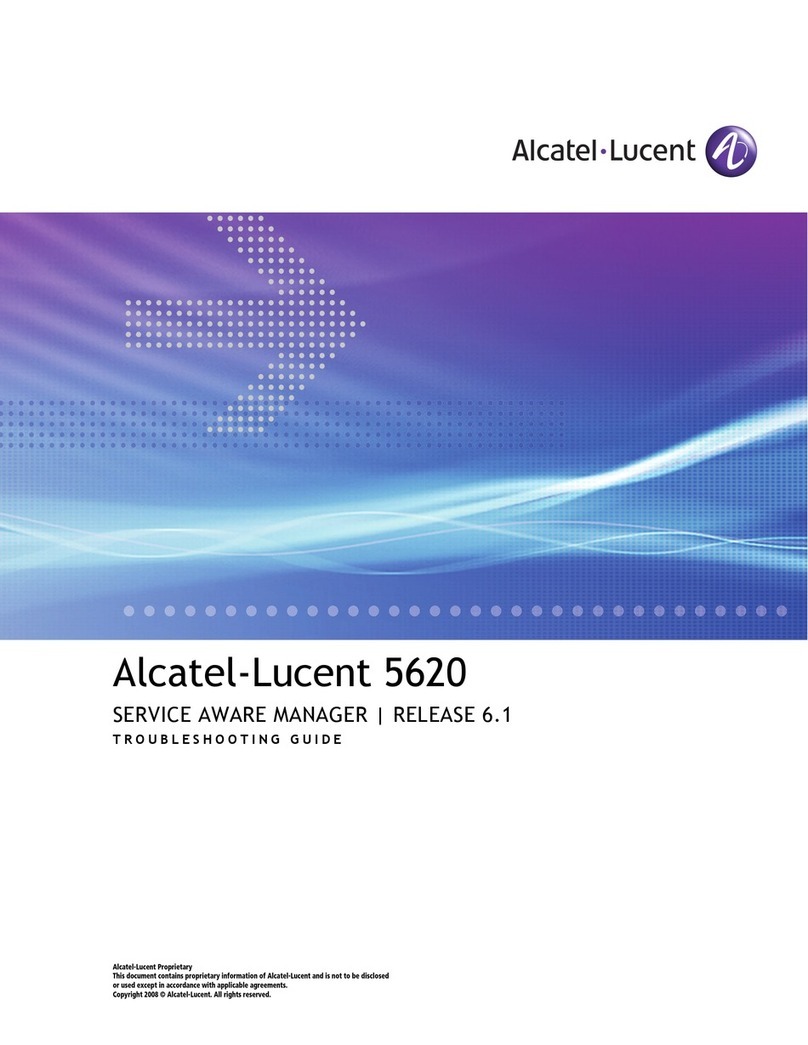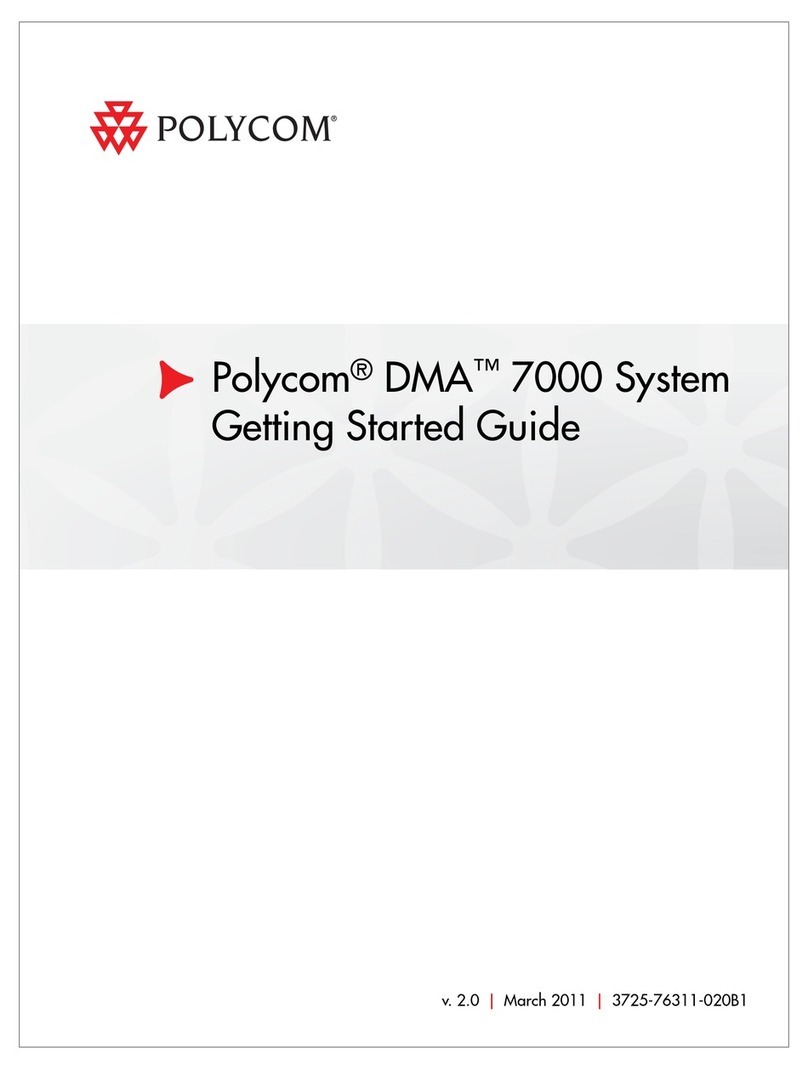Atrust T180L User manual

Atrust t180L / t180LB Thin Clients
User’s Manual
Internal Draft 0.04
Copyright © 2014-16 Atrust Computer Corp.

UM-t180L.LB-EN-16050510

i
Copyright and Trademark Statements
Copyright © 2014-16 Atrust Computer Corp. All rights reserved.
This document contains proprietary information that is protected by copyright. No part of this document may be
photocopied, reproduced, or translated to another language without the prior written consent of Atrust Computer
Corp.
Disclaimer
Atrust Computer Corp. (“Atrust”) makes no representations or warranties with respect to the contents or use of
this document, and specically disclaims any express or implied warranties of merchantability or tness for any
particular purpose. Atrust is not liable for technical or editorial errors or omissions contained herein. The information
in this document is subject to change without notice.
Trademark Statements
Atrust is a trademark of Atrust Computer Corp.
Microsoft, Windows, Windows Server, RemoteFX, and MultiPoint are trademarks or registered trademarks of the
Microsoft group of companies.
Citrix, ICA, XenApp, XenDesktop, and VDI-in-a-Box are trademarks of Citrix Systems, Inc. and/or one or more of its
subsidiaries, and may be registered in the United States Patent and Trademark Oce and in other countries.
VMware, VMware View, and VMware Horizon View are trademarks or registered trademarks of the VMware, Inc.
PCoIP is a registered trademark of Teradici Corporation in the United States and/or other countries.
Other product names mentioned herein are used for identication purposes only and may be trademarks and/or
registered trademarks of their respective companies.

ii
About This User’s Manual
This manual provides detailed instructions on how to set up, use, manage, and maintain Atrust t180L/t180LB
thin clients.
Manual Structure and Subjects
Chapter Subject
1 Provides an overview of Atrust t180L/t180LB thin clients.
2 Provides detailed instructions on how to set up Atrust t180L/t180LB thin clients.
3 Provides the basics of how to use Atrust t180L/t180LB thin clients.
4Provides instructions on how to congure client settings and customize Atrust t180L/t180LB
thin clients with the Atrust Client Setup console.
Appendices Provides supplementary instructions on advanced settings, maintenance, and upgrade for Atrust
t180L/t180LB thin clients.
Specications Provides detailed information on key components of Atrust t180L/t180LB thin clients.
Notes, Tips, and Warnings
Throughout this manual, the notes, tips, and warnings in the following formats are used to provide important
information, useful advice, and prevent injuries to you, damage to your devices, or loss of data on your system.
NOTE
• A note provides important information for a specic situation.
TIP
• A tip gives a piece of useful advice to perform a task more eciently.
WARNING
• A warning provides crucial information that must be followed to prevent injuries to
you, damage to your devices, or loss of data on your system.

iii
Style Conventions
The following styles are used throughout this manual while referring to operational items on input devices,
hardware panels, or application interfaces.
Item Style Example
keys on the keyboard bold Ctrl + F2, Alt + F9, Alt + Tab
application windows or
entry lists
rst letter
capitalized
Conrm Dialog window, RDP Connection list, ICA Connection list,
View Connection list
buttons or tabs on a
window, toolbars, taskbar,
or menu
bold OK, Next, Save, Applications tab
options on a window,
screen, list, or menu bold Add, Domain, Connection Type, High Quality
selecting a series of options bold
Applications > Citrix ICA, Applications > Remote Desktop,
Applications > VMware View, Network > Wireless,
Devices > Printer, System > Time Zone

iv
Safety and Regulatory Information
Regulatory Statement
Federal Communications Commission Interference Statement
This equipment has been tested and found to comply with the limits for a Class B digital device, pursuant to Part
15 of the FCC Rules. These limits are designed to provide reasonable protection against harmful interference in a
residential installation. This equipment generates, uses and can radiate radio frequency energy and, if not installed
and used in accordance with the instructions, may cause harmful interference to radio communications. However,
there is no guarantee that interference will not occur in a particular installation. If this equipment does cause
harmful interference to radio or television reception, which can be determined by turning the equipment o and
on, the user is encouraged to try to correct the interference by one of the following measures:
• Reorient or relocate the receiving antenna.
• Increase the separation between the equipment and receiver.
• Connect the equipment into an outlet on a circuit dierent from that to which the receiver is connected.
• Consult the dealer or an experienced radio/TV technician for help.
FCC Caution: Any changes or modications not expressly approved by the party responsible for compliance could
void the user’s authority to operate this equipment. This device complies with Part 15 of the FCC Rules. Operation is
subject to the following two conditions: (1) This device may not cause harmful interference, and (2) this device must
accept any interference received, including interference that may cause undesired operation.
IMPORTANT NOTE:
FCC Radiation Exposure Statement
This equipment complies with FCC radiation exposure limits set forth for an uncontrolled environment. This
equipment should be installed and operated with minimum distance 20 cm between the radiator & your body.
This transmitter must not be co-located or operating in conjunction with any other antenna or transmitter.

v
Regulatory Information
WEEE (Waste Electrical and Electronic Equipment) Directive
In the European Union, this symbol indicates that this product should not be disposed of with
household waste. It should be deposited at an appropriate facility to enable recovery and recycling. For
proper disposal, please contact your local recycling or hazardous waste center.
Safety Information
WARNING
• Use only power supplies listed in the user instructions.
WARNING
• Risk of explosion if battery is replaced by an incorrect type. Dispose of used
batteries according to the instructions.
WARNING
• For safety, do not make mechanical or electrical modications to the equipment.
• Do not remove equipment covers and access any of the components inside the
equipment. Any access inside the equipment without an authorized or certied
technician may cause serious injuries and damage. For any problem, contact your
dealer for assistance.
• You should only make repairs as authorized by the product documentation.
Repairs, replacement, expansion, and upgrades not performed by a certied service
technician may cause injuries to you, damage your system, and void your warranty.

vi

vii
Table of Contents
Copyright and Trademark Statements i
Disclaimer i
Trademark Statements i
About This User’s Manual ii
Manual Structure and Subjects ii
Notes, Tips, and Warnings ii
Style Conventions iii
Safety and Regulatory Information iv
Regulatory Statement iv
Regulatory Information v
Safety Information v
1 Overview 1
1.1 Introduction 3
1.2 Features 3
1.3 Package Contents 4
1.4 Exterior Views 5
1.5 Panel Components 6
1.6 LED Indicators 8
2 Setting Up Your t180L / t180LB 9
2.1 Positioning Your t180L / t180LB 11
2.2 Assembling the AC Adapter 16
2.3 Getting Connected 16
3 Getting Started 17
3.1 Learning the Basics 19
4 Conguring Client Settings 37
4.1 Atrust Client Setup 39
4.1.1 Interface Overview 39
4.1.2 Client Settings at a Glance 40
4.2 Conguring System Settings 41
4.2.1 System Tab Overview 41
4.2.2 Available Settings at a Glance 42
4.2.3 Conguring Time Zone and Time Server 43
4.2.4 Conguring the Access Privileges and Passwords of Atrust Client Setup 44
4.2.5 Conguring Shadow Settings for Remote Assistance 46
4.2.6 Updating Firmware from the Management Computer 48
4.2.7 Enabling or Disabling the Appliance Mode 50
4.2.8 Enabling or Disabling Auto Setup 54
4.2.9 Conguring the Quick Connection Mode 54
4.2.10 Conguring Advanced Quick Connection Settings 56
4.2.11 Enabling or Disabling the Command-line Functions 60
4.2.12 Collecting Event Logs and Capturing Related Screens 61
4.2.13 Uploading Files for Error Reporting 63
4.2.14 Importing Certicates for Remote Computers 64
4.2.15 Enabling or Disabling Auto Registration 68

viii
4.3 Conguring User Interface Settings 69
4.3.1 User Interface Tab Overview 69
4.3.2 Available Settings at a Glance 70
4.3.3 Conguring Display Settings 70
4.3.4 Customizing Desktop and System Language Settings 73
4.3.5 Hiding or Showing Quick Access Shortcuts 75
4.3.6 Using a Custom Wallpaper 76
4.3.7 Adjusting Keyboard Settings 77
4.3.8 Conguring Mouse Settings 79
4.3.9 Conguring Screensaver Settings 80
4.4 Conguring External Device Settings 81
4.4.1 Devices Tab Overview 81
4.4.2 Available Settings at a Glance 82
4.4.3 Conguring Settings for USB Storage Devices 82
4.4.4 Manually Mount and Eject Attached USB Storage Devices 83
4.4.5 Disabling or Enabling Attached Audio Devices 84
4.4.6 Using USB Audio Devices 85
4.4.7 Adding a Local Printer 86
4.4.8 Adding a Network Printer 89
4.5 Conguring Network Settings 90
4.5.1 Network Tab Overview 90
4.5.2 Available Settings at a Glance 91
4.5.3 Conguring Wired Network Settings 92
4.5.4 Enabling or Disabling Wake On LAN 95
4.5.5 Establishing and Stopping a VPN connection 96
4.5.6 Conguring Virtual Private Network Settings 100
4.5.7 Creating the Mapping of IP Addresses to Names of Hosts 101
4.5.8 Conguring the Failover Cluster List 103
4.5.9 Changing the Host Name of Your Thin Client 105
4.5.10 Enabling or Disabling the Wireless Interface 106
4.5.11 Conguring the Trigger Threshold for Roaming 107
4.5.12 Establishing and Stopping a Wireless Connection 108
4.5.13 Conguring Wireless Connection Settings 111
4.5.14 Conguring Proxy Settings for Web-based Access to Services 112
4.6 Conguring Service Access Settings 114
4.6.1 Applications Tab Overview 114
4.6.2 Available Settings at a Glance 115
4.6.3 Conguring Basic RDP Connection Settings 116
4.6.4 Accessing Remote Desktop Services 125
4.6.5 Conguring Advanced RDP Connection Settings 131
4.6.6 Conguring Basic ICA Connection Settings 146
4.6.7 Switching the Citrix Receiver Version 159
4.6.8 Enabling or Disabling Esc to Quit on the Web Logon Screen 160
4.6.9 Conguring Keyboard Layout and Type for Citrix ICA Sessions 161
4.6.10 Accessing Citrix Services 162
4.6.11 Conguring Advanced ICA Connection Settings 169
4.6.12 Conguring Basic VMware View Connection Settings 198
4.6.13 Accessing VMware View or Horizon View Services 200
4.6.14 Conguring Advanced View Connection Settings 202
4.6.15 Conguring SSH Connection Settings 207
4.6.16 Launching SSH and Telnet Sessions 209
Appendices 211
A.1 Resetting Your t180L/t180LB to the Factory Default 213
A.2 Updating Firmware for Your t180L/t180LB 214
A.3 Using SECUREMATRIX Authentication for VMware Connections 216
Specications 223

Overview
1
This chapter provides an overview of your t180L / t180LB thin clients.
1.1 Introduction
Desktop virtualization and simple endpoint devices 3
1.2 Features
Key features of Atrust t180L / t180LB 3
1.3 Package Contents
Check your package contents 4
1.4 Exterior Views
Overview of thin client outside elements 5
1.5 Panel Components
Descriptions of front and rear panel components 6
1.6 LED Indicators
Descriptions of signals for LED indicators 8


Overview
Introduction
3
1.1 Introduction
Desktop virtualization provides a new perspective to reconsider the design and implementation of an IT
infrastructure. In a desktop virtualization infrastructure, a station is no longer a cumbersome desktop, but simply an
endpoint device for users to access delivery services from the server(s).
With the introduction of the desktop virtualization technologies, you can considerably benet from:
• On-demand access to applications / desktops
• Centralized management of work environments
• Drastically reduced endpoint software / hardware issues
• Simplied system maintenance
• Improved system security
• More scalability with low-cost endpoint devices
1.2 Features
The key features of Atrust t180L / t180LB thin clients are:
• Support for dual displays (DVI-I and DVI-D)
• Support for a wide range of desktop virtualization solutions from industry-leading companies:
Microsoft® Remote Desktop
Citrix® XenApp™, XenDesktop®, and VDI-in-a-Box™
VMware® View™ and VMware® Horizon View™
• Support for high-denition technologies:
Microsoft® RemoteFX®
Citrix® HDX™
VMware® View™ PCoIP®
• Simple click-access to various applications / desktops
• Built-in Atrust Client Setup as the local client management console

Overview
Package Contents
4
1.3 Package Contents
Please check your package contents. Ensure that all of the items are present in your package. If any items are
missing or damaged, please contact your dealer immediately.
Atrust t180L AC Adapter DVI-I to VGA Adapter
Quick Start Guide
Atrust t180LB AC Adapter DVI-I to VGA Adapter
Quick Start Guide
NOTE
• Your package may not contain a hard copy of the Quick Start Guide. In this
case, a soft copy in PDF format will be provided.

Overview
Exterior Views
5
1.4 Exterior Views
Front Right Side Left Side Rear
Standard Stand
Front Right Side Left Side Rear
Selectable Stand with Wireless Module

Overview
Panel Components
6
1.5 Panel Components
Front Panel Components
No. Sign Name Description
1Power LED Indicates the status of power.
2Power button
• Press to turn on the thin client.
• Press to exit the System Sleep mode.
See page 20 for Suspend feature.
• Long press to power off the thin client.
3Microphone port Connects to a microphone.
4Headphone port Connects to a set of headphones or a speaker system.
5USB port
(USB 2.0) Connects to a USB device.
1
2
3
4
5
1
2
4
5
3

Overview
Panel Components
7
Rear Panel Components
No. Sign Component Name Description
6DVI-I port Connects to a monitor.
7DVI-D port Connects to a monitor.
8USB port
(USB 2.0) Connects to a USB device.
9USB port
(USB 3.0) Connects to a USB device.
10 LAN port Connects to a network.
11 DC IN Connects to an AC adapter.
6
89
10
7
11
6
89
10
7
11

Overview
LED Indicators
8
1.6 LED Indicators
Your t180L / t180LB is equipped with a Power LED to indicate the state of power. The meanings of LED signals
are described as follows:
LED Signal Meaning
Power LED
Off The client is off.
Orange The client is in System Sleep mode.
Blue The client is on.
The LAN port of your t180L / t180LB has two LED indicators showing the state of networking. The meanings of
LED signals are described as follows:
SPEED LED
(transmission rate)
LINK/ACT LED
(linking/transmission activity) Meaning
LED Signal
Off Off The client is not connected to a LAN.
Off Amber blinking The client connects to a 10 Mbps LAN.
Orange Amber blinking The client connects to a 100 Mbps LAN.
Green Amber blinking The client connects to a 1000 Mbps LAN.
SPEED LED LINK/ACT LED

Setting Up Your t180L / t180LB
2
This chapter provides detailed instructions on how to set up your
t180L / t180LB thin clients.
2.1 Positioning Your t180L / t180LB
To mount your t180L
Step 1: Remove the Stand from Your t180L
Step 2: Understand Your Stand / VESA Mount Kit for t180L
Step 3: Store Screws inside the Bracket
Step 4: Remove Screws from the Bracket
Step 5: Mount Your t180L
Mounting with Another VESA Bracket (t180LB)
11
12
13
13
14
15
2.2 Assembling the AC Adapter
How to assemble the AC adapter and its detached plug 16
2.3 Getting Connected
How to connect peripherals and power for t180L / t180LB 16

This manual suits for next models
1
Table of contents
Other Atrust Server manuals
Popular Server manuals by other brands
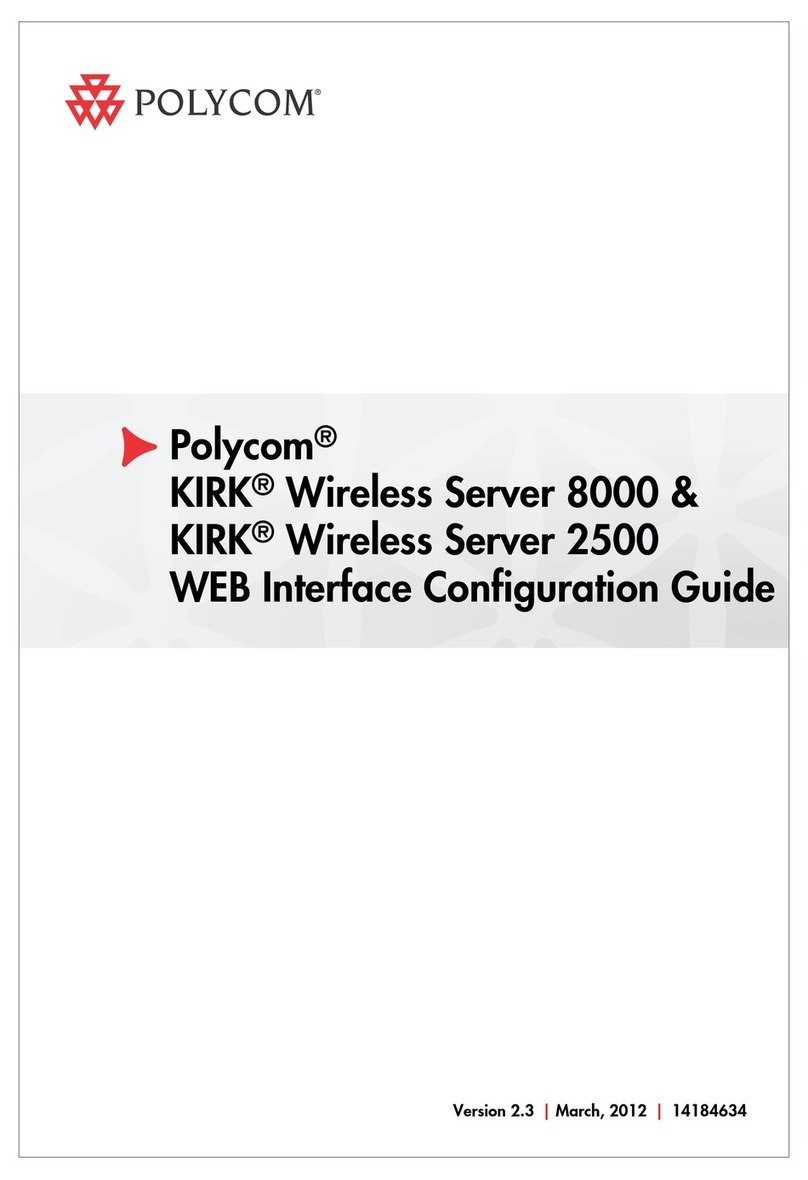
Polycom
Polycom KIRK 8000 Interface configuration guide

Brother
Brother NC-9100H Network user's guide
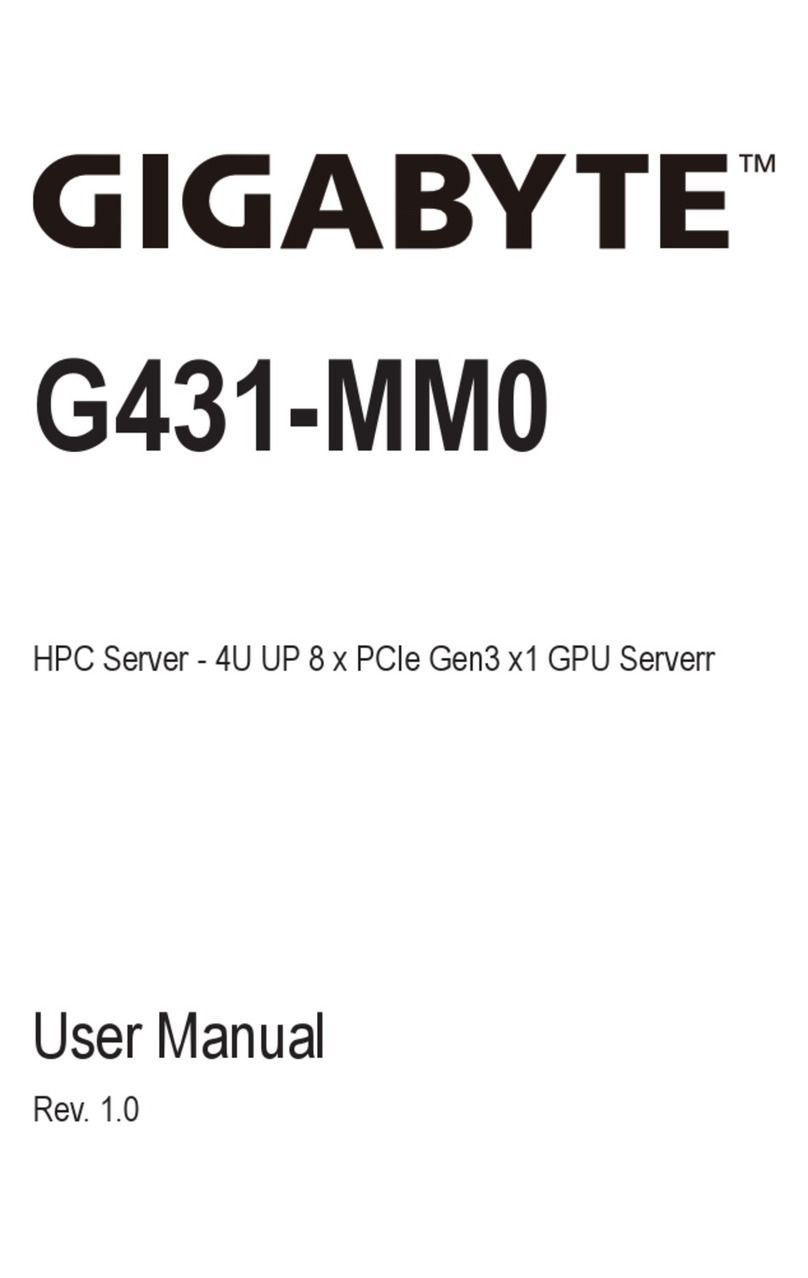
Gigabyte
Gigabyte G431-MM0 user manual

Fujitsu
Fujitsu FUTRO S940 operating manual
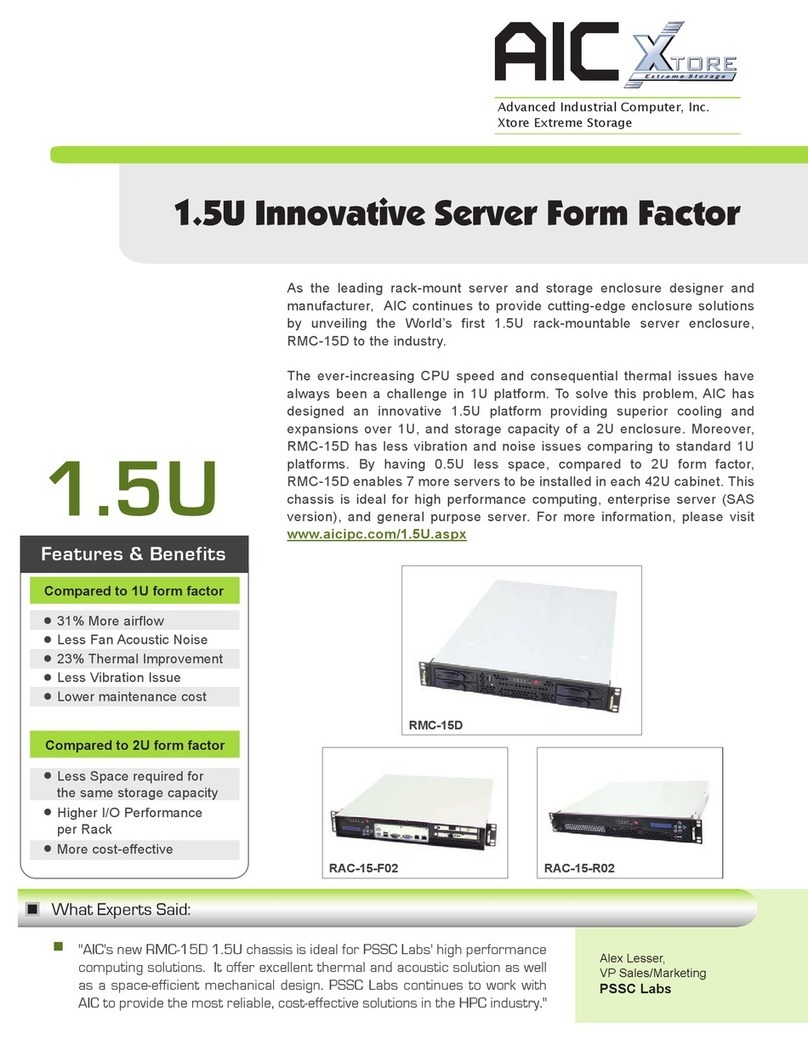
Advanced Industrial Computer
Advanced Industrial Computer RAC-15-F02 features and benefits
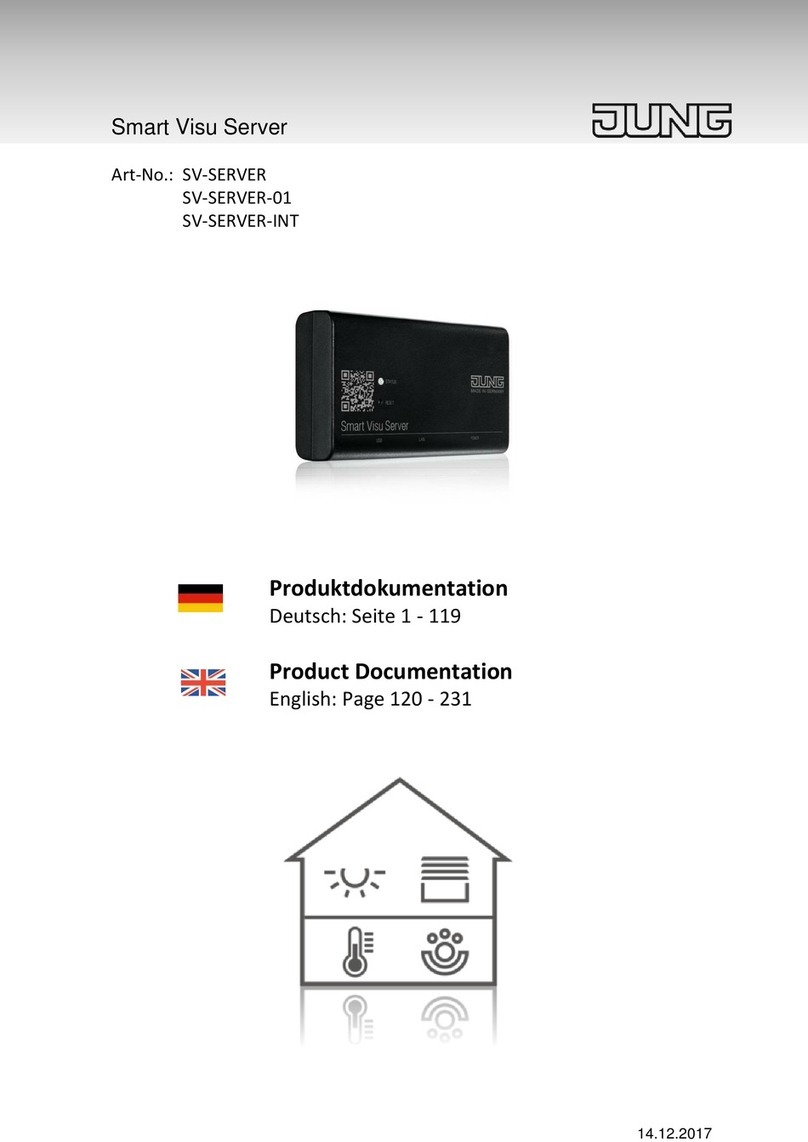
Jung
Jung SV-SERVER-01 Product documentation
